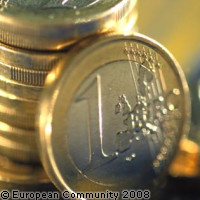EU R&D spending remains unchanged
Research and development (R&D) spending in Europe has remained unchanged for the last three years, according to the latest figures released from Eurostat, the Statistical Office of the European Communities R&D expenditure in the EU27 in 2006 stood at 1.84% of GDP - the same as in 2004 and 2005. These figures are cause for concern given that the European Union has set itself the target of investing 3% of GDP in research by 2010. However, some Member States show that achieving the target is possible. In 2006, the best in the class were Sweden and Finland, spending 3.82% and 3.45% of their GDP on R&D respectively. Just behind them were Germany, Austria and Denmark, which all reported R&D intensities well above the 2% mark. In contrast, spending remained low in many of newer Member States such as Bulgaria, Cyprus and Romania, which all reported R&D expenditure below 0.5%. But some newcomers showed the highest increase in R&D spending between 2000 and 2006 - In Estonia, R&D intensity went from 0.61% to 1.14%, while in the Czech Republic spending went from 1.21% to 1.54%. Statistics are also provided on the R&D labour force, which stood at 4.8% of the total labour force in 2006. The countries employing the highest shares of scientists and engineers were Belgium with 7.9%, Ireland with 6.8% and Finland and Sweden with 6.7% and 6.5% respectively.



